
Why Does So Much Fake News Exist? A Look At Media Misinformation
4. Discuss research about fake news. Scholars have published articles about fake news in recent years, examples include Apuke and Omar (2021), Tsfati et al. (2020), and Leeder (2019). Select one or two articles for students to read and appraise, and then discuss the points raised in the classroom, asking them questions about how to spot fake news and websites.
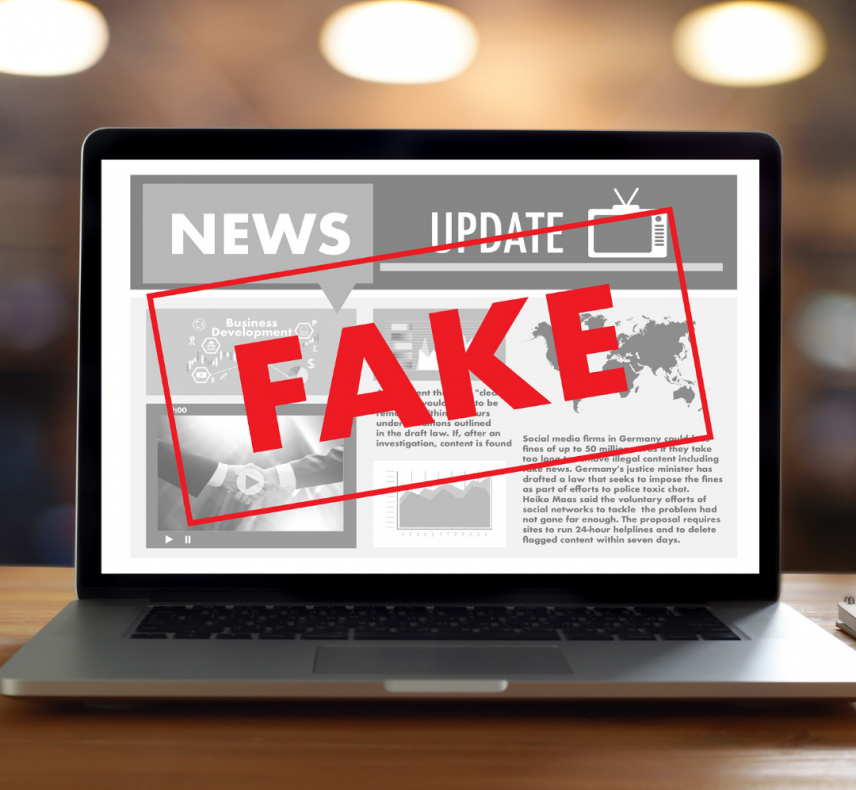
What Is Fake News? Wittenberg University
But Students Can Be Taught to Spot It, New Study Finds. Fake news has become more ubiquitous in recent years, and there's growing evidence that children struggle to distinguish between authentic.
Fake News Article Examples For Students Area Man Realizes He S Been Reading Fake News For 25
What is Fake News? The issue of spreading misinformation and fake news is a major problem worldwide. Even students are being targeted with the problem. As per a study conducted by Stanford University, only a quarter of high school students could distinguish a real news story from several fake ones.

Lesson Plan Fake News Digital Writing and Research Lab
3. Fake multimedia can ruin personal lives. Photoshopped images of two people meeting, intimate scenes, and much more will ruin a person's personal life. People start judging without checking the facts or the source. 4. Fake news feeds a conversation. Sometimes, fake news spreads like rumors or gossip.
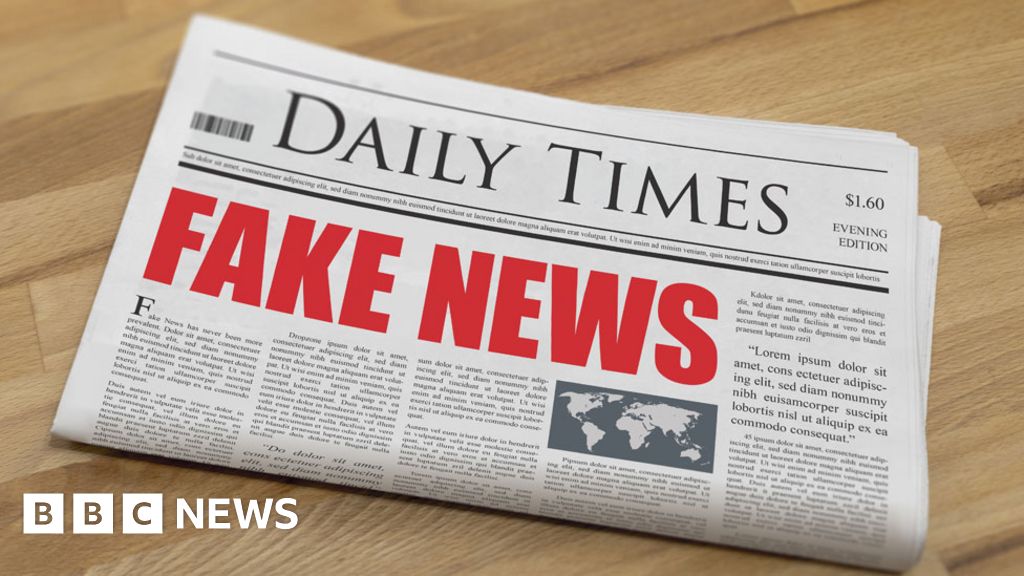
Schools should teach pupils how to spot 'fake news' BBC News
Exercises 1 and 2 look at how easy it is to make fake news or re-tell the same story in different ways. Exercise 1 is low-tech while Exercise 2 is computer-based. You can use one or the other.
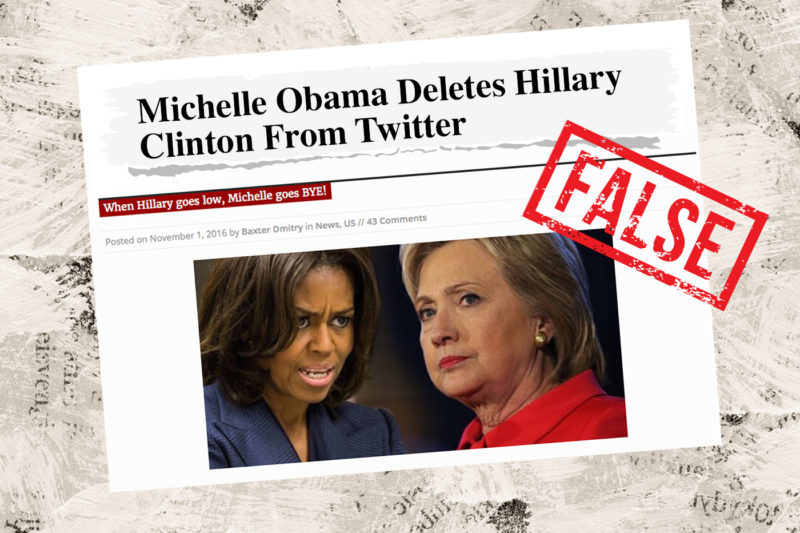
3Qs What a sham(e)—how to filter out fake news News Northeastern
How to Spot Fake News and Find the Facts. Written by Teaching Kids News' co-founder, Joyce Grant and beautifully illustrated by Kathleen Marcotte; published by Kids Can Press in 2022 and suitable for young people 9 to 12 as well as classrooms. You can buy this illustrated non-fiction book in most independent bookstores or from one of the big.

Pin by The Hungarian Librarian on class visits to the library in 2020 Teach media literacy
A 50-minute lesson plan for teachers of middle and high school students that guides students to study, analyze, and identify fake news stories. In an Era of Fake News, Teaching Students to Parse Fact from Fiction (New York Times) Real-world examples of teachers navigating students through the 'tsunami of information and misinformation' found.

'Fake News,' Bogus Tweets Raise Stakes for Media Literacy
Using the News Literacy Project's chart, teachers can work with younger students to examine fake news stories or internet memes as well. The lesson may feel rudimentary, but it will begin to imbue students with an impulse to fact-check what they read. If taught and reviewed routinely, this impulse will become a first-line defense in student.
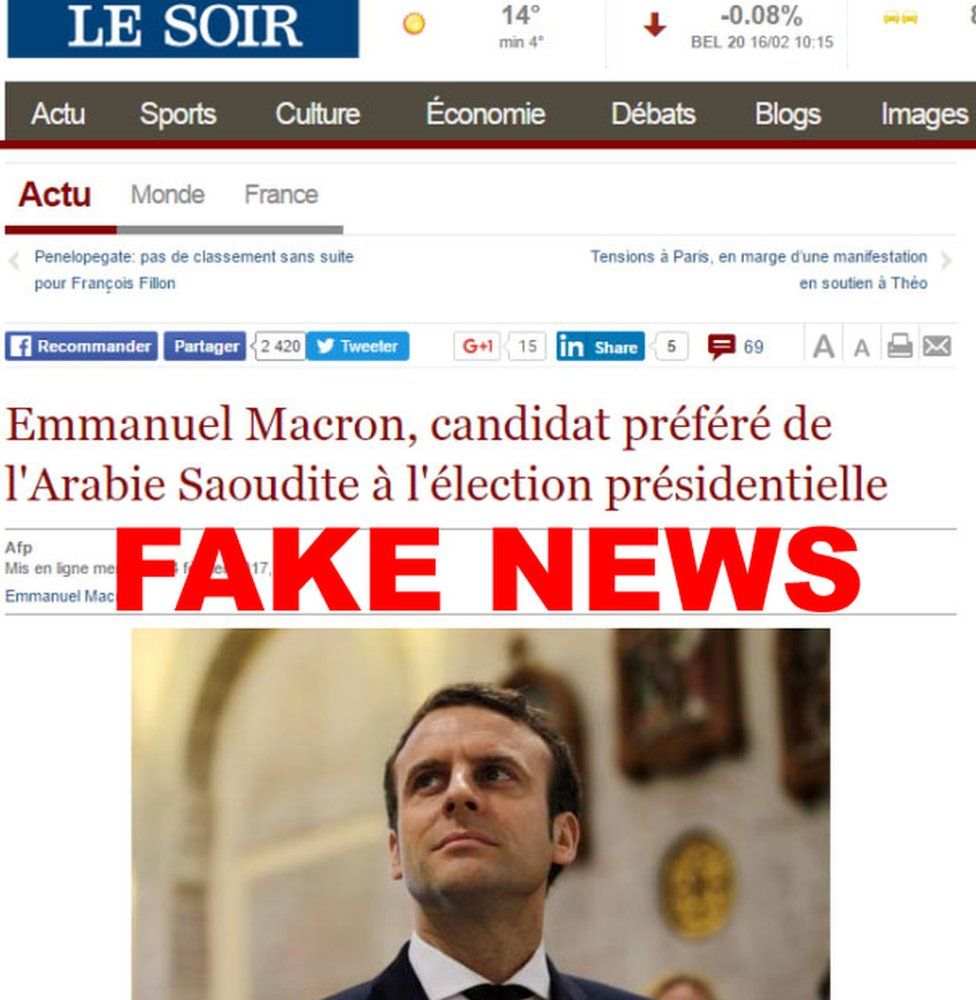
Fake News Giornali Hot Sex Picture
Gr 3-5-This basic introduction to fake news outlines the issues for elementary readers. The clear, concise writing explains the major aspects, including social media, misuse of the term fake news, distrust of the media, and the importance of talking to adults about factual and fake news. This should be a staple in every elementary collection.

Listen Now Area Man Realizes He's Been Reading Fake News For 25 Years Bones funny, Satire
Teaching your students about fake news goes hand-in-hand with taking a critical look at the role of social media. Social media plays a major role in the spread of fake news by fueling the sharing of fake news— often without people realizing they are becoming part of the problem. Research shows that Facebook is one of the main ways people are.

'New law' in the Philippines is fake What we found Newsphotos Gulf News
Listen to the NPR story (4:14) Stanford Study Finds Most Students Vulnerable To Fake News and ask your students why they think this piece made front-page headlines. Let your students know that the.
News Article Examples What Is Fake News Examples And What We Can Do Taboola / They inform
Fake News Examples for Students. The Pacific Northwest Tree Octopus is an excellent resource for students to be exposed to prior to exploring fake news. It is a carefully crafted site about the extremely rare "Pacific Northwest Tree Octopus" and what we can all do to save it from extinction before it's too late. Most students will easily.
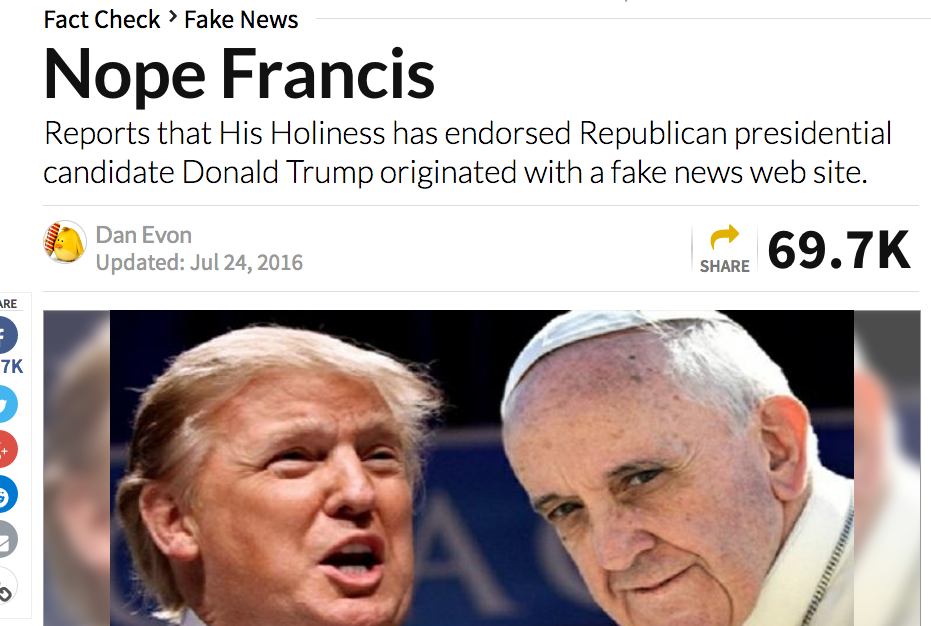
Fake News Article Examples For Students / How To Prevent The Spread Of Fake News Boston
This collection, which includes videos, blog articles, student handouts, lesson plans, and tip sheets for families, helps students identify, analyze, and investigate the news and information they get from online sources. Media literacy is an essential skill for all students across a range of subjects, from Science to Social Studies to English Language Arts. The collection is also useful for a.
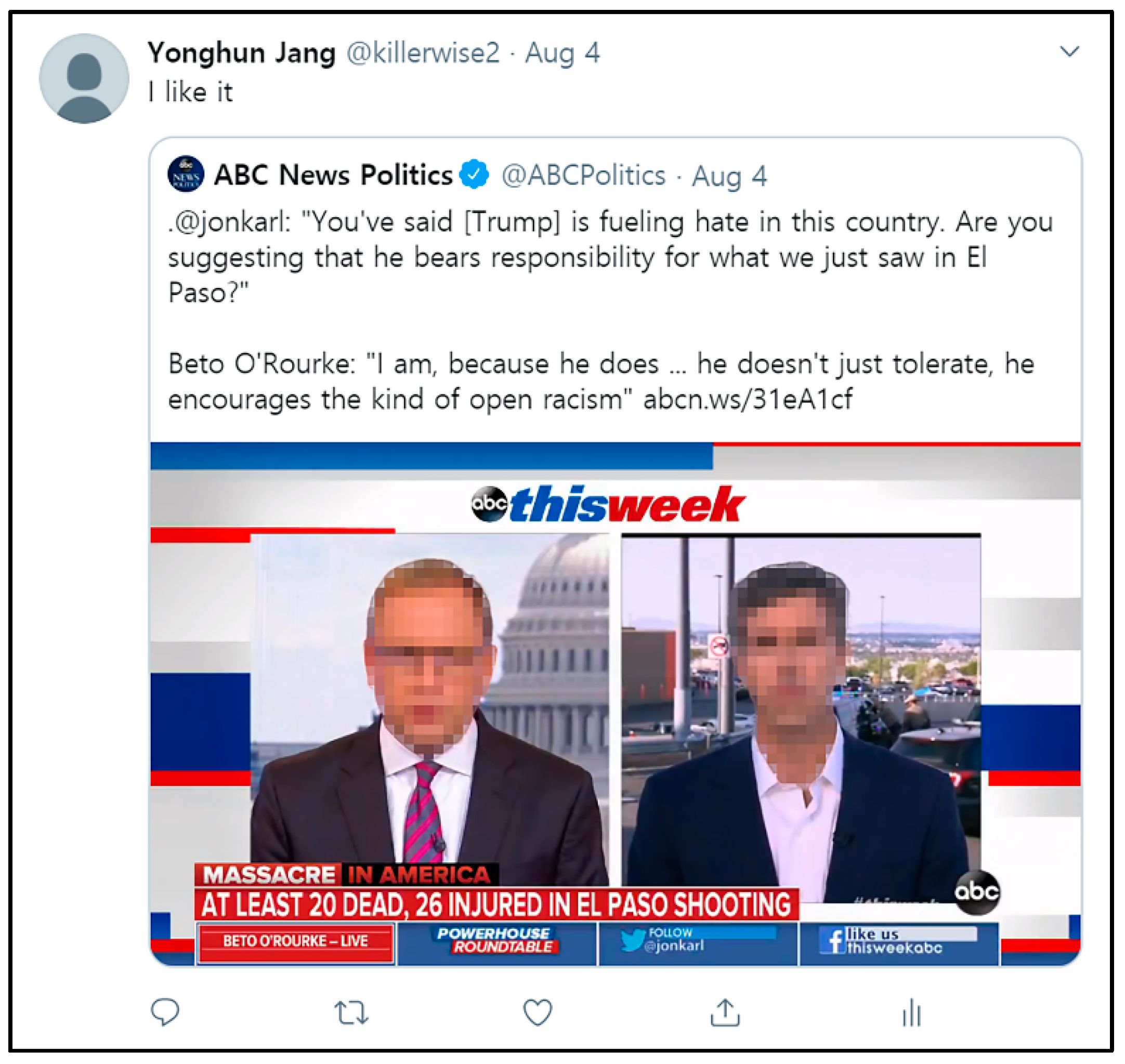
Fake News Article Examples For Students / How To Prevent The Spread Of Fake News Boston
Moreover, the CRAAP test is memorable and easy to use — elementary school students have even used it to evaluate sources about Big Foot (Knott & Szabo, 2013). And proponents of the tool stress the importance of teaching students to think about the spirit rather than the letter of the criteria (Wichowski, D. E. & Kohl, 2012).
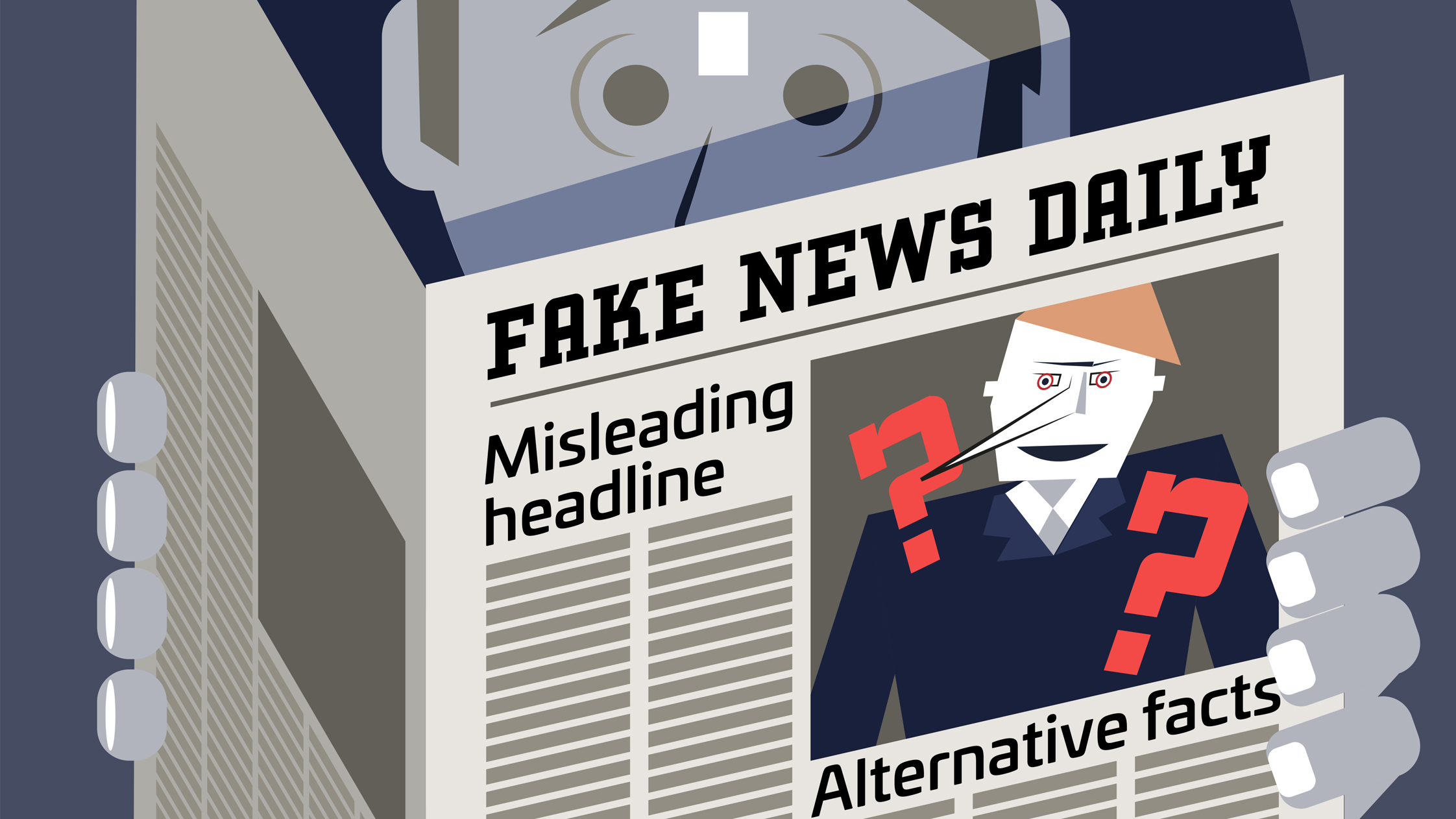
Students develop Google Chrome extension that tells people when they are reading fake news BT
Part 1: Basics: Evaluating Digital Media Content. A good place to start engaging students on the topic of "fake news" is a study published by the Stanford History Education Group.The study confirmed that students are generally weak evaluators of news and other information they see online.While the study explores middle, high school, and college students, two of the exercises lend.

Why Does So Much Fake News Exist? A Look At Media Misinformation
"News literacy is really empowering for young people." In 2016, the News Literacy Project started offering a virtual classroom, Checkology, aimed at grades six through 12. The program offers 13.